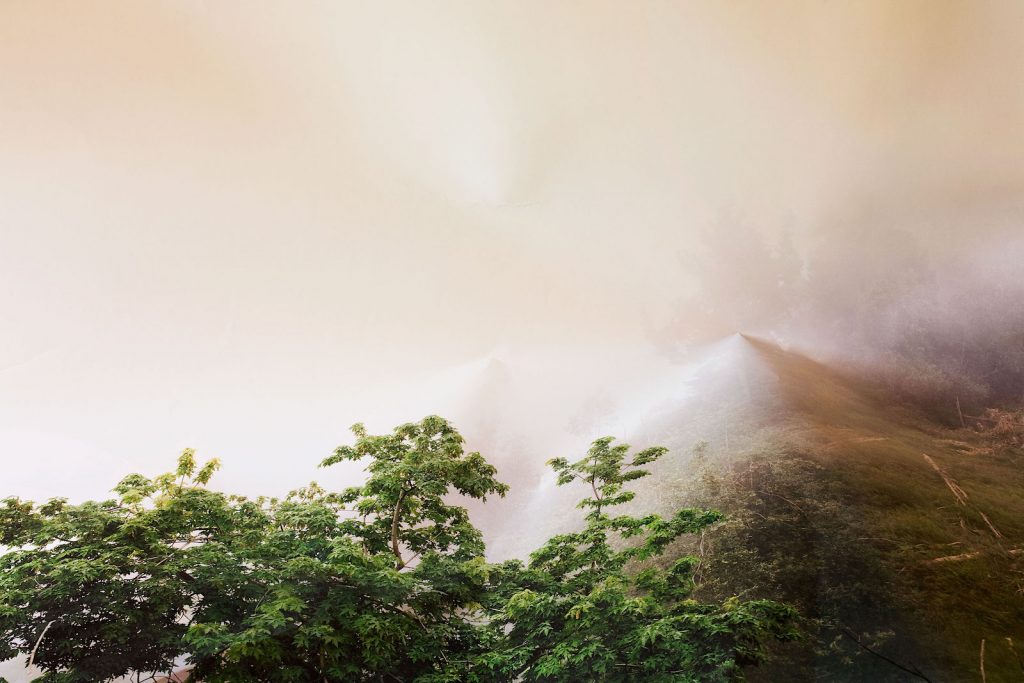Pilgrimage has a rich religious background in Buddhist history. It is traditionally linked to devotion and faith, and the spiritual merit conferred by visiting sacred sites. The sites themselves are typically thought to be vested with great spiritual energy and power supportive of practice. In other words, things that are very un-modern. Traditional pilgrimage has meant traveling to Bodhgaya, the site of the Buddha’s enlightenment; circumambulating Mount Kailash, the home of Chakrasamvara, the Buddha of Great Bliss; or following routes around Mount Koya, where millions of pilgrims a year honor Kukai, founder of the Shingon sect of Japanese Buddhism. There are hundreds of places associated with great Buddhist teachers, temples, and developments within the Buddhist traditions that have become pilgrimage destinations over the past two-and-a-half millennia.
Contemporary pilgrimage, by contrast, usually has more to do with the spirit with which you embark on your journey than with any special power associated with the site itself. Wherever they happen to be going, pilgrims today often take the attitude that by its very nature, travel can reveal essential Buddhist truths. In his essay “The Long Road to Sitting Still,” perpetual pilgrim Pico Iyer writes that physical movement itself can be the catalyst “to being moved or taken out of yourself. Travel, he says, is “one of the easiest ways of jolting oneself awake and free of habits and assumptions.” In like spirit, in “The Atheist Pilgrim,” Stephen Batchelor finds that when he visits the ruins of Buddhist India he sees that history is “a very beautiful illustration of what the Buddha calls pratityasamutpada, conditioned arising, dependent origination.”
Whatever we look for as pilgrims, traditional and contemporary, we find it by going. As Batchelor reflects, “You put your body in these places. You hear the same birdsongs. You breathe the same air. You are surrounded by the same trees and foliage that the Buddha may have been surrounded by. And that, somehow, gets you as close as you ever can get physically to the source of the teachings that you are practicing in your daily life.”
♦
Special Section
“The Long Road to Sitting Still” by Pico Iyer
“The Atheist Pilgrim,” an interview with Stephen Batchelor by Sam Mowe.
Thank you for subscribing to Tricycle! As a nonprofit, we depend on readers like you to keep Buddhist teachings and practices widely available.
